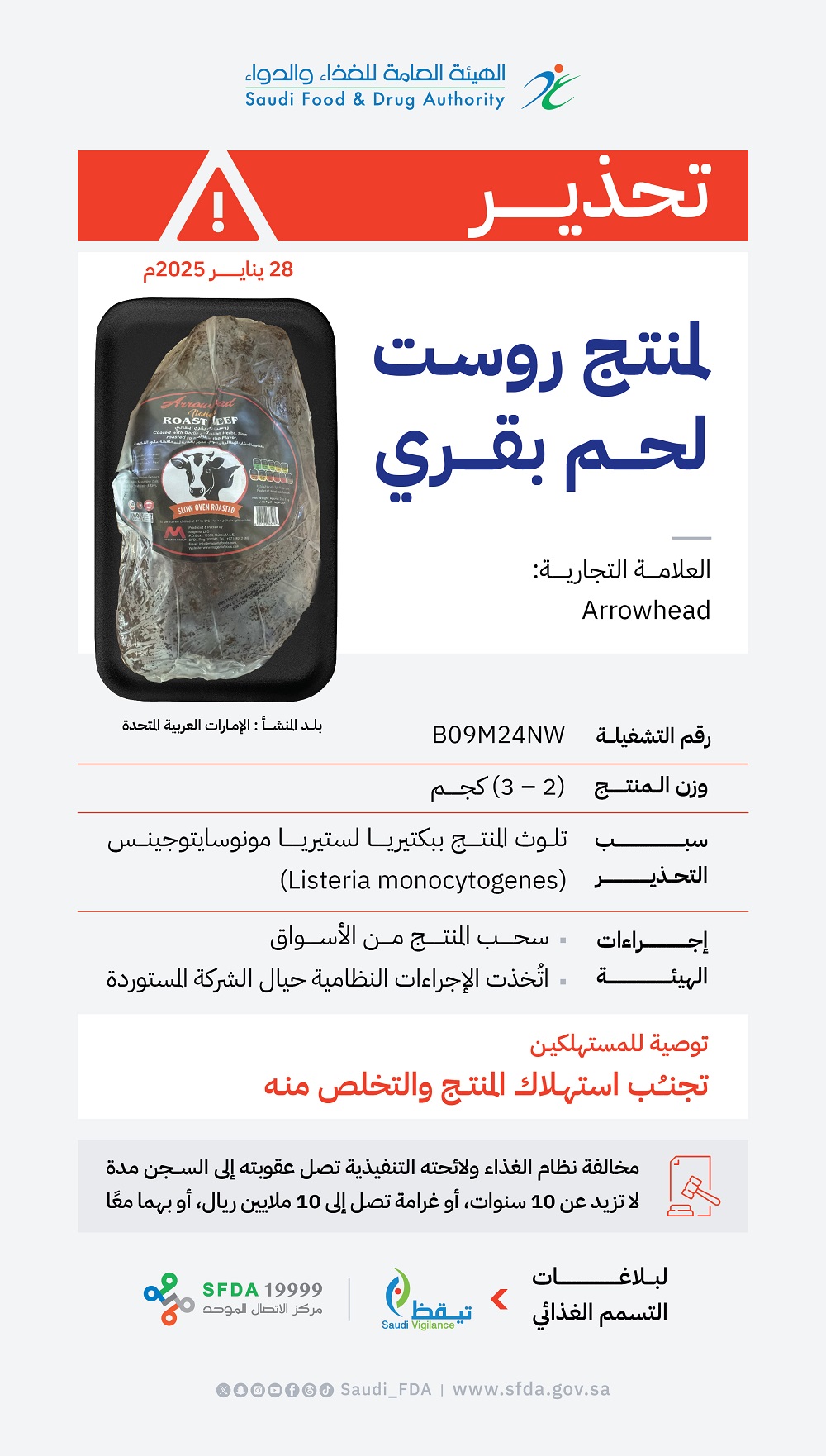
NSAIDs in First trimester Linked to Congenital Anomalies in Babies
2006-12-02
The findings of a new case controlled study has been published in the August issue of the journal Birth Defects Research Part B, which is published by John Wiley & Sons, states that congenital birth defects especially cardiac septal defects, could be associated with the use of NSAID by women in their first trimester.
Women who took first-trimester NSAIDs also had more than three times the risk of anomalies related to cardiac septal closure, mainly ventricular and atrial septal defects, the investigators found.
Many pregnant women get prescriptions for NSAIDs during their first trimester, and even more-up to 15 percent--take over-the-counter versions of these drugs. Previous studies have shown that taking NSAIDs toward the end of a pregnancy can cause certain circulatory problems; premature closure of the ductus arteriosus and patent ductus arteriosus, but the risks related to early-pregnancy ingestion are less well defined.
To better understand the relationship between first trimester use of NSAIDs and congenital birth defects, researchers led by Anick Berard, Ph.D. of St. Justine Hospital in Montreal, conducted a population-based case-control study. They gathered information from three administrative databases in Quebec between 1997 and 2003 and included 36,387 pregnant women in their study. They determined which women had filled prescriptions for NSAIDs during their first trimester and which had babies diagnosed with a congenital abnormality in the first year of life. Based on information from previous studies, the primary outcome of interest was cardiac septal closure and related abnormalities.
Among the 1056 women who filled a prescription for NSAIDs early in their pregnancy, they identified 93 births with congenital anomalies (8.8%). Of the 35,331 women who did not fill prescriptions for NSAIDs, 2478 had congenital anomalies (7%). The difference was more pronounced for cardiac septal abnormalities. Furthermore, the proportion of infants with multiple congenital anomalies among mothers who filled an NSAID prescription in the first trimester and those who did not was 16.1 percent vs. 14.2 percent respectively.
The adjusted odds ratio (OR) for any congenital anomaly with NSAID use was 2.21 (95% CI 1.72-2.85), while the adjusted OR for anomalies related to cardiac septal closure was 3.34 (CI 1.87-5.98).
The team conclude that women who fill prescriptions for NSAIDs in the first trimester of pregnancy may be at greater risk of having children with congenital anomalies, particularly those related to cardiac septal closure.
Source:
Journal of Birth Defects Research Part B
Published by John Wiley & Sons
Article is also available online via Wiley Interscience
()





